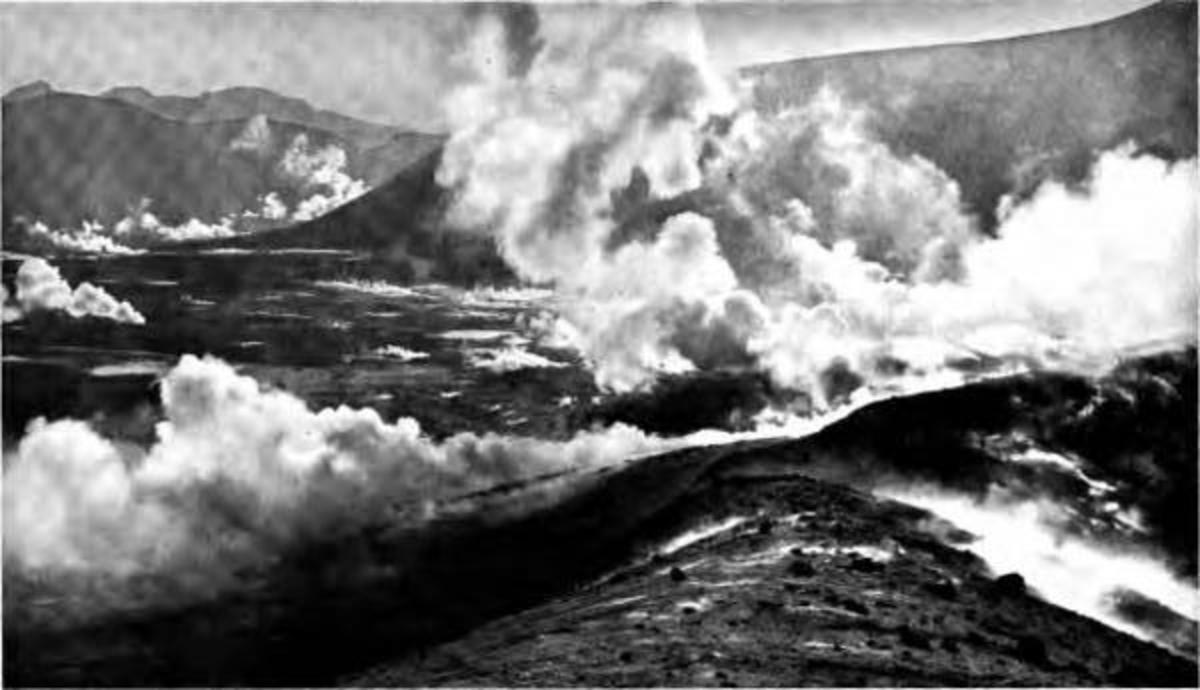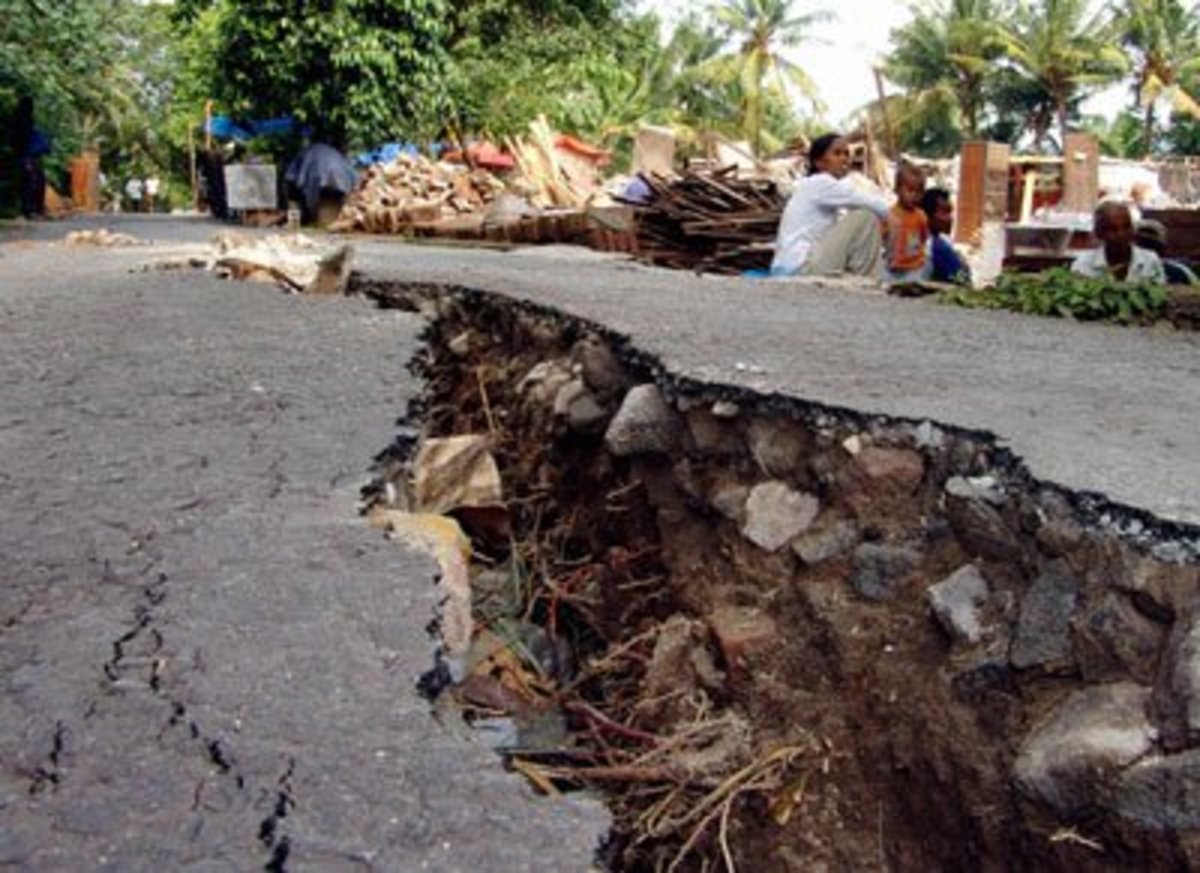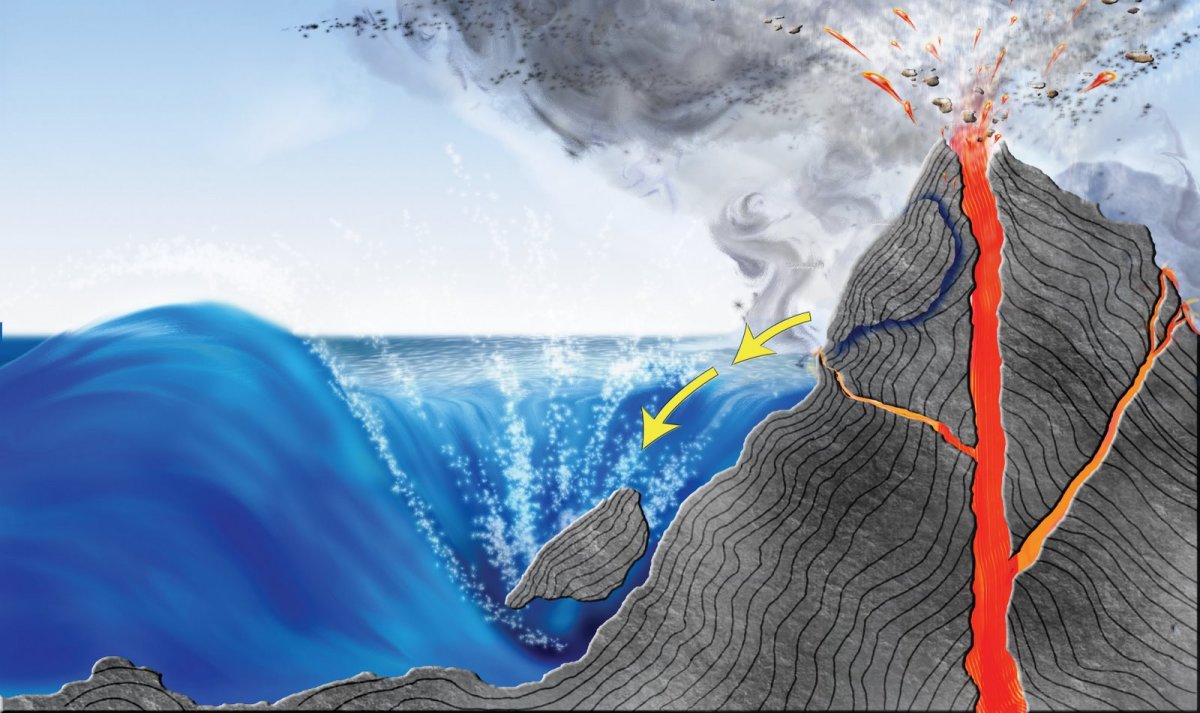The Most Predictable of Earthquakes
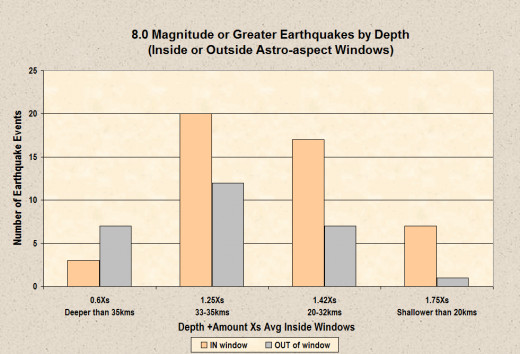
My attempts to predict earthquakes, which was something I'd been preparing to do for decades, became a full throttled project just a few years ago and doesn't look like it is going to end any time soon. But I am slowing down and taking stock of how I've done so far and how I need to modify my methodology to improve my game. Something like how some golf wonder decided that he had to redo his winning swing because if he didn't he would physically suffer from his mistakes eventually. He had been winning more with grit and determination than technique, yet while the first two can get you up and running, the absence of improving the later can lead to an early burn out. And that is what I wish to avoid.
My present project is about identifying my false steps or misconceptions and magnifying those other techniques that are needing closer scrutiny and application.
One thing that was prodding me to change was the slowly evolving realization that I had set the bar or bars too low for determining what is or is not possible to be foretold. Just like how dreams speak in archetypal symbols, earthquakes are their most educational when one is dealing with a "great" specimen. And that is what my latest research has achieved; greater meaning derived from the biggest of the hundreds of thousands of earthquakes that can be felt each year.
In my last hub I vowed to no longer try to predict earthquakes using astrology for those with a magnitude in the 6.5 to 6.7 range. Analysis of recent activity spelled doom for including those quakes in my forecasts. The reason is that they have a high random component. The only times when they may rise above that level is when the activity of our sun is stimulating a great deal more seismic activity than usual (or other planetary long term factors are doing so).
I needed to observe astrology's influence over a longer period of time on the order of around one hundred years. Many other researchers have focused on the earthquakes that begin with the year 1900 to the present. What I have found however is that the record for even the larger quakes are less complete prior to 1918 onwards. So I have chosen to look things over from that point on.
My plan was to sort through a collection of shallow earthquakes (35km deep or less) for 96 years in the 7.3 magnitude or larger range and determine if each one was inside or outside of windows defined by my Astro-aspect values. My collection totaled almost 350 events, but early in my research I determined that a starting magnitude of 7.3 wasn't high enough; that 7.3 and 7.4 magnitude events were still too random. As a result I tossed 100 of them and then worked with 250 events above that.
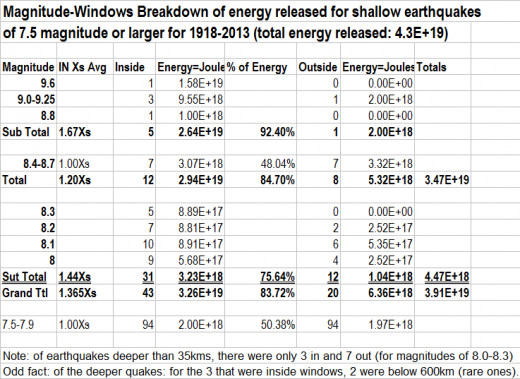
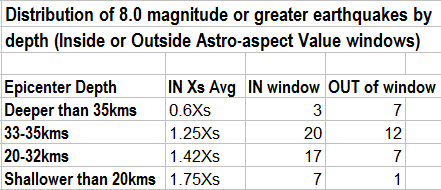
As can be seen from the table supplied above, randomness continued to be a deterrent to prediction as high as 7.9 magnitude. Significance sprang to the fore just above that point. The only exception was for the range of 8.4-8.7 magnitude when things inexplicably returned to a random pattern.
Although I had chosen the starting point of the data set too low for magnitude, my starting point for depth was apparently much nearer to correct. As can be seen in the smaller table to the right and the chart at the top of this hub, the closer an earthquake epicenter is to the surface of the earth, the more likely it can be predicted using astrology.
So, the new bar for prediction seems to be set at the 8.0 magnitude or higher point and the 35km or shallower point. There is no real problem with the later since most of the largest and damaging earthquakes occur at that depth range. However, for the 8.0 magnitude or larger earthquakes, they don't happen very often; usually 1 or 2 in a year.
What is going to be needed on my part is to further refine just what aspects are most likely to trigger such large events, combine windows derived from those aspects with additional triggers from transiting aspects to the positions of the planets of a prior eclipse of (in most cases) 3 months to 2-3 years prior. I would then want to color code each window period from yellow to orange to red for lesser to greater potential for being cause for concern.
Presently we find ourselves in the middle of an extended window period of around a week in length (it ends on May 27th). I would consider this an orange alert period, when the possibility of an 8.0 magnitude or larger event is significantly higher than usual for such a stretch of time. As I had presented in a recent hub, May 2014 is turning out to be much slower seismically speaking than the record breaking April 2014 (which I would now paint in red hues). June is planning to be even less active than May 2014, and my yellow shaded windows will probably be occupying much less than the usual just under 50% allotment of time. More on that topic in about a week. Hope to see you then...
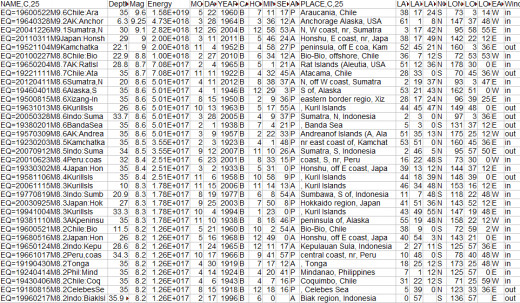
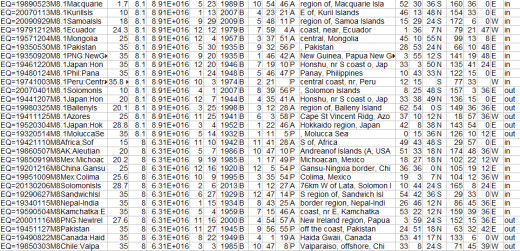
© 2014 Joseph Ritrovato



